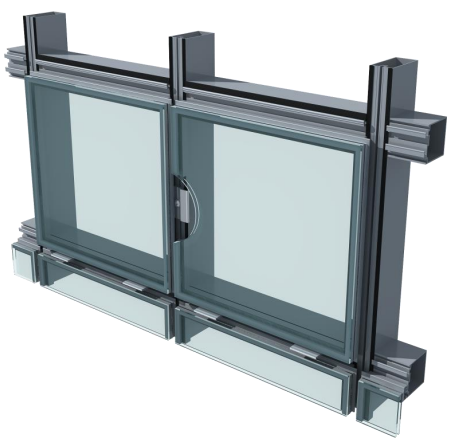

The Advantages of Fully Tempered Glass A Stronger Choice for Modern Architecture
In the realm of modern architecture and design, glass has become an essential material that epitomizes elegance and functionality. Among the various types of glass available, fully tempered glass stands out due to its robustness and safety features. Also known as toughened glass, fully tempered glass undergoes a rigorous manufacturing process designed to enhance its strength and thermal resistance significantly. This article will explore the numerous benefits of fully tempered glass, its applications, and its superiority over regular glass in many contexts.
Understanding Fully Tempered Glass
Fully tempered glass is produced through a controlled thermal tempering process. Initially, the glass is heated to a temperature exceeding 600°C (around 1112°F) and then rapidly cooled. This process alters the internal structure of the glass, creating compressive stresses on the surface and tensile stresses within. As a result, fully tempered glass can withstand greater impacts, temperature fluctuations, and even high winds without breaking.
One of the key features of fully tempered glass is its ability to shatter safely upon breaking. Unlike regular glass, which can splinter into sharp shards that pose injury risks, fully tempered glass breaks into small, blunt pieces that reduce the danger of cuts or severe injuries. This safety feature makes it an optimal choice for environments where people frequent, including homes, commercial spaces, and public buildings.
Benefits of Fully Tempered Glass
1. Enhanced Strength and Durability Fully tempered glass is approximately five to six times stronger than untreated glass of the same thickness. This strength allows it to bear heavier loads and endure high stress, making it suitable for applications like glass doors, facades, and balustrades.
2. Thermal Resistance The thermal tempering process enables fully tempered glass to withstand fluctuations in temperature without warping or cracking. This property is particularly advantageous in regions with extreme weather conditions, where thermal variations can compromise the integrity of other materials.
3. Safety As mentioned earlier, the safety features of fully tempered glass are paramount. Its ability to break into small, less harmful pieces minimizes risks in commercial and residential settings, proving especially beneficial in areas like schools, hospitals, or outdoor installations.

4. Aesthetic Appeal The clear, sleek appearance of fully tempered glass enhances the aesthetic value of any design. Its ability to allow unobstructed views and natural light makes spaces feel more open and inviting, catering to contemporary design trends that emphasize minimalism and transparency.
5. Versatility Fully tempered glass can be used in various applications, including windows, shower enclosures, skylights, glass facades, and even glass furniture. Its versatility makes it a preferred choice for architects and designers looking to incorporate glass elements into their projects.
6. Energy Efficiency Fully tempered glass can be combined with low-emissivity (Low-E) coatings to improve energy efficiency. This combination helps to reduce energy costs by minimizing heat transfer, thus allowing buildings to maintain comfortable indoor temperatures year-round.
Applications in Modern Architecture
The applications of fully tempered glass are vast and varied. In commercial architecture, it is commonly used in storefronts, curtain walls, and office partitions. The use of glass in these environments not only enhances visual appeal but also allows natural light to permeate the space, creating a vibrant atmosphere. In residential settings, fully tempered glass is often employed in shower enclosures, balcony railings, and as sliding doors to seamlessly connect indoor and outdoor spaces.
Moreover, fully tempered glass can be utilized in innovative designs, such as glass bridges and floors, where safety and strength are critical. Its ability to withstand significant forces makes it an excellent choice for such unique architectural features.
Conclusion
In conclusion, fully tempered glass represents a significant advancement in glass technology, offering an array of benefits that cater to the demands of modern architecture. Its strength, safety, thermal resistance, and aesthetic appeal make it a superior choice for various applications, enhancing both functionality and design. As architects and designers continue to explore the boundaries of glass in construction, fully tempered glass will undoubtedly remain at the forefront, shaping the future of architecture for years to come.